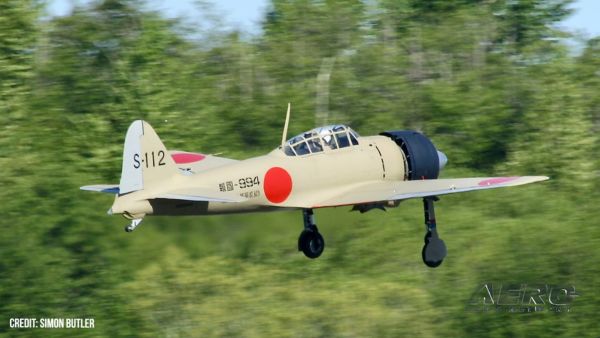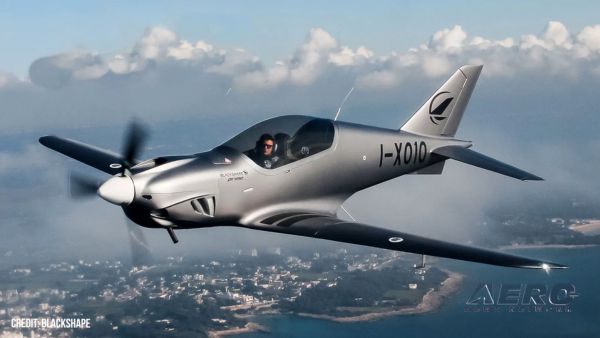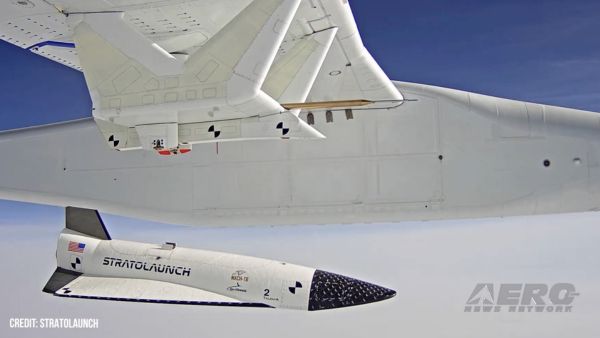John Lasko is first person to fly under new Sport Pilot
rule
By ANN Contributor Jon Thornburgh
At dawn on September 1, 2004 pilot John Lasko took off from
runway 19 at El Monte Airport (CA). He was flying a
tube-and-fabric, open-cockpit Quicksilver MX II Sprint. Lasko
thus became the first person in the United States to fly a Light
Sport Aircraft under the new Sport Pilot rules recently promulgated
by the FAA.
The long-awaited Sport Pilot initiative, which
became effective on September 1, not only creates a new "sport"
pilot certificate, but also modifies FAA regulations pertaining to
aircraft certification, pilot medical requirements, flight
instructor certificates, pilot examiners, aircraft manufacturing
and aircraft maintenance. In addition, it creates two new
categories of aircraft: "powered parachute" and "weight-shift,"
which is a large, engine-powered hang glider known as a
"trike." The purpose of the Sport Pilot program is to make
flying more affordable, and to remove the requirement to learn
skills and regulations that are not necessary for simple,
easy-to-fly light-sport aircraft.
By FAA definition, a light-sport aircraft (LSA) must weigh less
than 1,320 pounds. This is almost 300 pounds less than the
traditional Cessna 150 trainer. An LSA must also have a single
engine, no more than two seats, and a top speed of not more than
138 mph. Most aircraft that meet these criteria look like
ultralights. Indeed, most of the ultralights currently flying in
the United States will have to be converted into light sport
aircraft by August 31, 2007.
The Quicksilver Sprint that John flew at El Monte is in the
experimental amateur-built category, call sign N62351. The wings
and fuselage are made of aluminum tubing covered by Dacron fabric.
It is powered by a two-cylinder, two-cycle Rotax engine. It has
minimal instruments on board, and the pilot sits in the open air
with no cockpit surrounding him. The maximum weight of the airplane
is 850 pounds. In keeping with the intent of the Sport Pilot
initiative to make flying fun and affordable, the Sprint costs
about $18,000.
John Lasko flew the Sprint without an FAA medical
certificate. Under the new Sport Pilot rule, a sport pilot
may fly an LSA without taking the traditional FAA medical exam. A
sport pilot only needs to have a valid driver's license issued in
one of the 50 states or one of the US territories, such as Puerto
Rico, Guam or the US Virgin Islands. Although John is a private
pilot, his FAA medical certificate has expired. John intentionally
did not renew it so that he could demonstrate that pilots can
legally fly without a medical certificate under the Sport Pilot
provisions.
John is the director of foreign sales at the Quicksilver
manufacturing plant in Temecula (CA). He has over 25 years of
ultralight experience and was once a member of the USA World Cup
Ultralight Flight Team, and at one time was a nationally-ranked
hang glider pilot. John said that Quicksilver is prepared to market
light sport aircraft as soon as the FAA finalizes the manufacturing
specifications.
The Sprint is owned by Terry Johnston of Lawndale (CA). Terry is
an FAA certified flight instructor as well as an ultralight
instructor. He is also slated to graduate next month from A&P
school at West Los Angeles College. He and John flew
familiarization flights in the vicinity of the El Monte Airport on
August 31, so that John would be ready to fly solo on the morning
of September 1, the effective date of the Sport Pilot rule.
El Monte Airport is located north of Los Angeles. It is a
radio-controlled airport in a city environment, which the FAA
refers to as a “congested” area. Under the new Sport
Pilot provisions a sport pilot will be able to fly out of
radio-controlled airports in congested areas if the pilot has
appropriate training and a logbook endorsement.
Terry said that El Monte Airport's administrator, Richard Smith,
was very accommodating, as were the tower controllers. The Sprint
cruises at 45 MPH, so the controllers were forced to integrate the
slower-flying Sprint with the faster general aviation airplanes.
Sometimes Terry and John had to extend their downwind leg in order
to allow faster planes to go ahead of them. At other times, Terry
and John did a “short-approach” with a quick descent in
order to scoot in front of a general aviation airplane on a
two-mile final approach.
Administrator Richard Smith said that the airport is looking
forward to seeing more light sport aircraft in the pattern.
However, he noted that it will be a challenge for the controllers
to integrate powered parachutes into the flight operations, since
the parachutes only fly at 30 mph.
After his historic flight in the Sprint, Lasko next soloed a
Quicksilver GT-500. Although the GT-500 qualifies as an LSA, it has
an enclosed cabin and looks more like a traditional general
aviation airplane than the Sprint. The GT-500 is faster and more
sophisticated than the Sprint, and costs about $10,000 more.
John was checked out in the GT-500 by the author of this
article, Jon Thornburg. This particular GT-500, N5500R, is
registered in the FAA-certified “Primary Category.” It
is certified under FAR Part 21, rather then the traditional FAR
Part 23 for “Standard” airplanes. The Sport Pilot rule
provides for another category of certified aircraft: the "Special"
Light Sport Aircraft (Special LSA).
Special LSA will not be manufactured under FAA rules, such as
Part 21 or Part 23. Instead, the manufacturer will adhere to an
industry-wide set of "consensus" standards. These standards are
presently being developed by an ASTM (American Society for Testing
and Materials) committee. The standards are not expected to be
available to manufacturers until January 2005.
Manufacturers will not be able to deliver Special Light Sport
Aircraft until early next year. In the meantime, an FAA pilot may
fly any "N"-numbered airplane that meets the definition of an LSA,
even if he does not have a medical certificate (This is true
except in cases where the pilot has had his FAA medical denied,
suspended or revoked. -- Ed.). In addition to many
experimental amateur-built aircraft and the primary category
GT-500, there are several lightweight standard category aircraft
that fall within the LSA criteria. These include certain versions
of the Aeronca, Ercoupe, Interstate, Luscombe, Piper (including the
J-3), Porterfield and Taylorcraft. AOPA provides a list of such
aircraft at
www.aopa.org/whatsnew/regulatory/sport_aircraft.html.
Besides the Special Light Sport Aircraft, there will also be an
"Experimental" LSA. These will be kit and plans-built aircraft that
conform to the Sport Pilot industry consensus standard. The buyer
who purchases the kit will be able to assemble the airplane, which
will reduce the cost of buying an airplane. An interesting feature
about the Experimental LSA is that the buyer does not have to build
the "majority" of the aircraft, as must presently be done under the
experimental amateur-built rules (known as the "51% rule").
Thanks to the new Sport Pilot initiative someday hundreds of
light airplanes, trikes, and powered parachutes may fly over the
Los Angeles basin, as well as many other cities and rural areas in
the United States.
Photos by Kevin Byrne. Jon Thornburgh is an FAA CFI and
ultralight instructor. He is a periodic contributor to Aero-News
Network.
 ANN's Daily Aero-Linx (05.06.25)
ANN's Daily Aero-Linx (05.06.25) ANN's Daily Aero-Term (05.06.25): Ultrahigh Frequency (UHF)
ANN's Daily Aero-Term (05.06.25): Ultrahigh Frequency (UHF) ANN FAQ: Q&A 101
ANN FAQ: Q&A 101 Classic Aero-TV: Virtual Reality Painting--PPG Leverages Technology for Training
Classic Aero-TV: Virtual Reality Painting--PPG Leverages Technology for Training Airborne 05.02.25: Joby Crewed Milestone, Diamond Club, Canadian Pilot Insurance
Airborne 05.02.25: Joby Crewed Milestone, Diamond Club, Canadian Pilot Insurance


